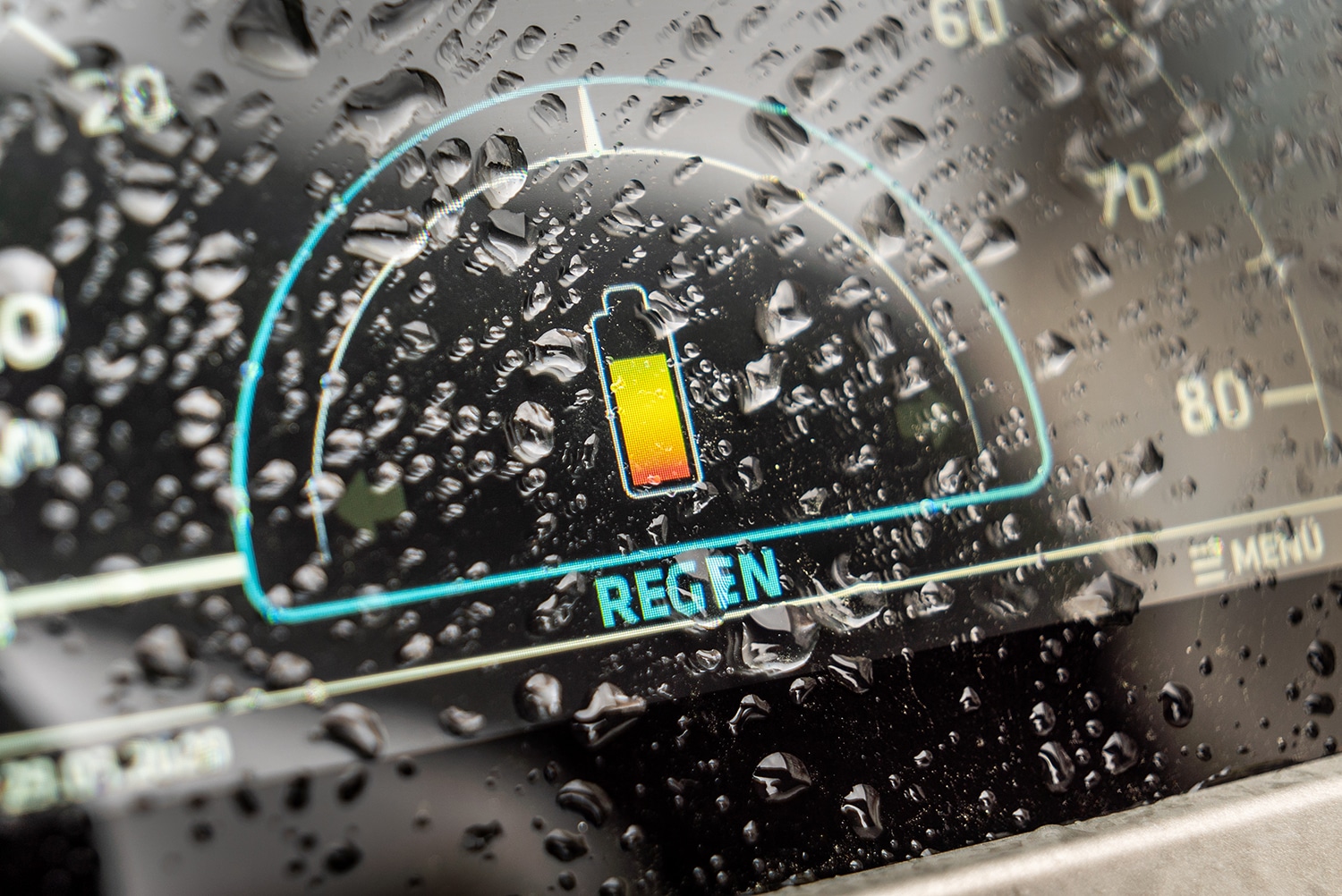
South Korean researchers have demonstrated a promising new battery architecture that could improve capacity, stability, and charge times. The new design carefully controls problematic ion growth in lithium-metal batteries, enabling them to maintain their function over hundreds of cycles.
Lithium-ion batteries in use today feature an anode component made out of graphite. But in Li-metal batteries, scientists were able to use metallic Li itself as the anode instead of that bulky and heavy graphite. Because the metal lithium has ten times higher theoretical capacity than standard carbon anodes, it has steadily gained much attention from areas that need high-capacity batteries, such as electric vehicles and energy storage systems.
But, lithium-metal batteries generate energy through different chemical reactions. As the battery is cycled, the lithium ions can grow in the shape of a tree branch, called Li dendrite, if it is not uniformly and effectively stored. This leads to large volume expansion of the electrode, which shortens the battery’s cycle life and causes safety issues.
To tackle this problem, a KERI (Korea Electrotechnology Research Institute) research team developed a one-dimensional Li-confinable porous hollow carbon with a hollow core to serve as the anode. The new design for battery structures incorporates a small number of gold nanoparticles with Li affinity in the hollow core. The gold controls the growth direction of Li by preferentially reacting with Li, thereby inducing Li deposition inside the core. Additionally, many nano-sized pores are formed in the shell part to improve the Li-ion movement toward the core space.
The existing hollow core-shell Li host mostly faces the problem of Li deposition on the conductive carbon shell, not inside the core, under high-rate charging conditions. Therefore, the KERI team introduced many nano-sized pores to the shell and improved coulombic efficiency without Li dendrite growth even under a high-current testing condition of 5 mA/cm2.
During the lab tests, the new design showed that the reduced Li ion diffusion length by the shell pores and improved Li affinity by the gold nanoparticles kept Li deposition inside the structure even under high current changing conditions. In addition, the designed Li host showed excellent cycling performance of over 500 cycles under a high current density of 4C rate with 82.5% capacity retention.
“Despite the merit of high capacity, the Li-metal batteries have many hurdles to be overcome for commercialization mainly due to stability and safety issues,” said Dr. Kim. And Dr. Kim also said, “Our study is invaluable in that we developed a technique for mass production of Li-metal reservoir with high coulombic efficiency for fast-rechargeable Li-metal batteries.”
The team now plans to continue with the pursuit of the commercialization of Li-metal batteries but will first need to develop a compatible electrolyte solution to ensure the stable deposition and dissolution of metallic Li.
New Li-metal battery structure promises fast-charging, high-density
Source: Tambay News

0 Comments